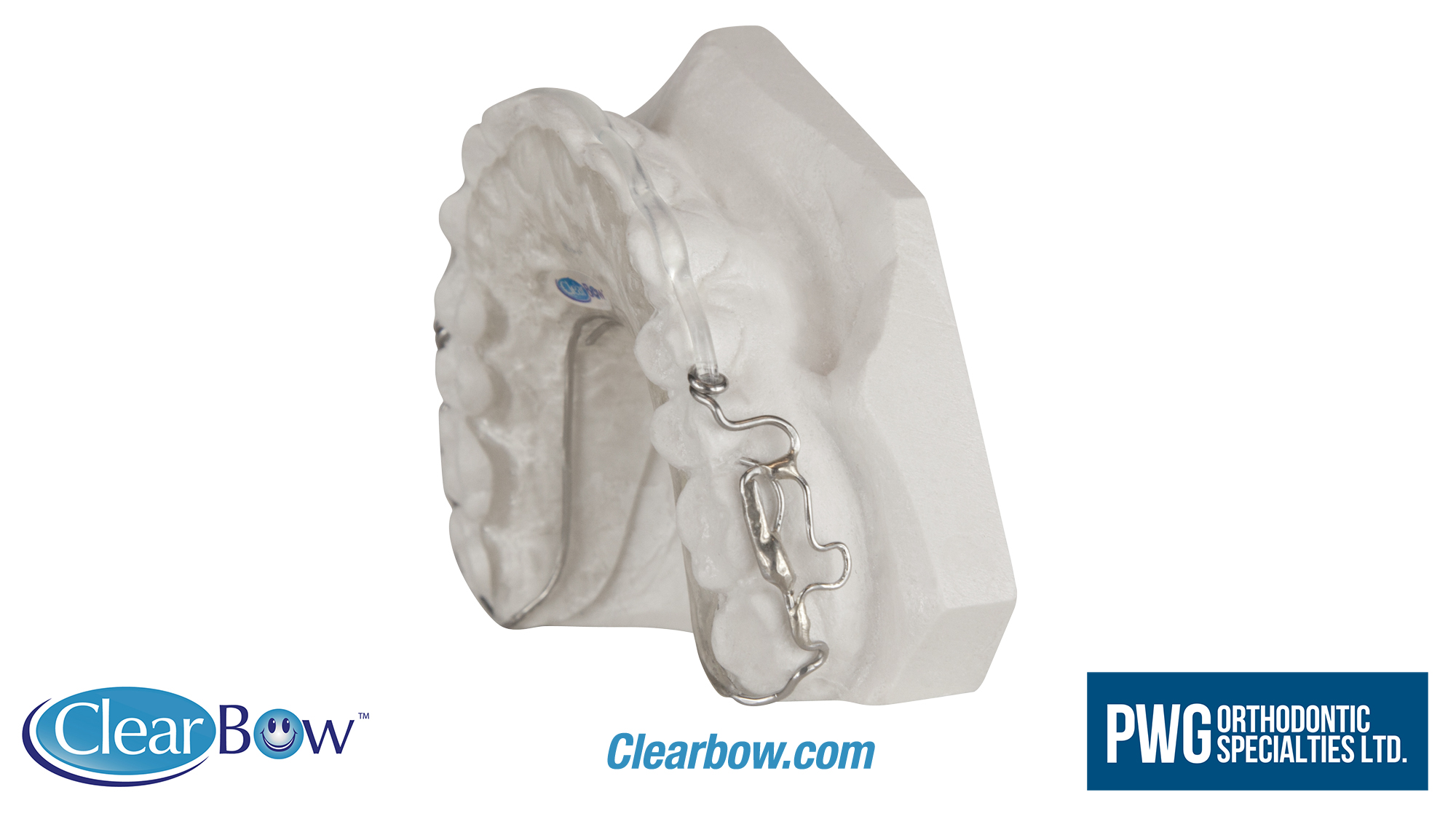

This situation would otherwise condemn the patient to years of denture wear until growth has ceased and an implant or definitive bridge can be considered. 9 As they are minimally invasive, RBBs can also provide a temporary option for young patients who have suffered the early loss of an anterior tooth. If a tooth must be replaced, a RBB may be preferable to a removable partial denture (RPD) especially where there is a history of significant periodontal disease or dental caries. For example in older patients with reduced manual dexterity it may be appropriate to accept a shortened dental arch rather than replacing a lost posterior unit. General factors such as the health, age of the patient, their expectations, local factors related to dental health and the missing tooth itself need to be taken into account. However, intervention should be considered carefully as in some cases it may be detrimental to the remaining dentition. Restoration of missing teeth aims to improve oral function, aesthetics and restore occlusal stability. The aim of this article is to re-evaluate the role of RBBs in fixed prosthodontics and provide a guide for practitioners with regard to case selection, bridge design and clinical techniques in order that successful outcomes may be achieved. 8 It seems reasonable to assume that with improved education and careful planning, outcome could be improved. Additionally, a recent study of RBB designs employed by dentists in both general practice and hospital settings reported that a high proportion of practitioners used unfavourable techniques.

7 reported high failure rates when they used the number of recement fees claimed to gauge the success of RBBs in NHS general practice. In contrast to these favourable estimations of RBB success, Hussey et al. 5 Although these rates are lower than the 94.5% success 6 reported for implant retained single crowns over the same five year follow up, resin bonded bridgework has the advantages of being less invasive, requiring a shorter total treatment time and less financial commitment. Recent systematic reviews have estimated the five-year survival rates for bridgework as 87.7% for resin bonded prostheses 4 and just over 90% for conventional bridges depending on design. The majority of information is based on the results of longitudinal studies, many of which have been poorly controlled, used a variety of cements and preparation techniques making it difficult to isolate factors affecting outcome. This is especially important for young patients who may be more likely to experience endodontic complications as a result of extensive tooth preparation.ĭespite this recognised advantage, the role of RBBs as definitive restorations remains somewhat controversial due to a lack of long term prospective data regarding success.

3 By using a RBB it is possible to provide a fixed replacement for missing teeth which is essentially reversible and does not compromise the abutment tooth. More recently bridge retention has been enhanced by the development of resin cements which bond chemically to both the tooth surface and the metal alloy.įrom a clinician's perspective, the main advantage of RBBs is that, in comparison to conventional bridge preparations, they are conservative of tooth structure. 2 The term 'Maryland Bridge' resulted from the development of a type of electrochemical etching at the University of Maryland. 1 However, longevity of this type of restoration was limited and in an effort to address this, methods of altering the surface of the metal retainer to enhance micromechanical retention were developed. The first type of RBB was the Rochette Bridge, which relied on the retention generated by resin cement tags through a characteristic perforated metal retainer. These restorations were first described in the 1970s and since this time they have evolved significantly. Resin bonded or resin retained bridges (RBBs/RRBs) are minimally invasive fixed prostheses which rely on composite resin cements for retention.


 0 kommentar(er)
0 kommentar(er)
